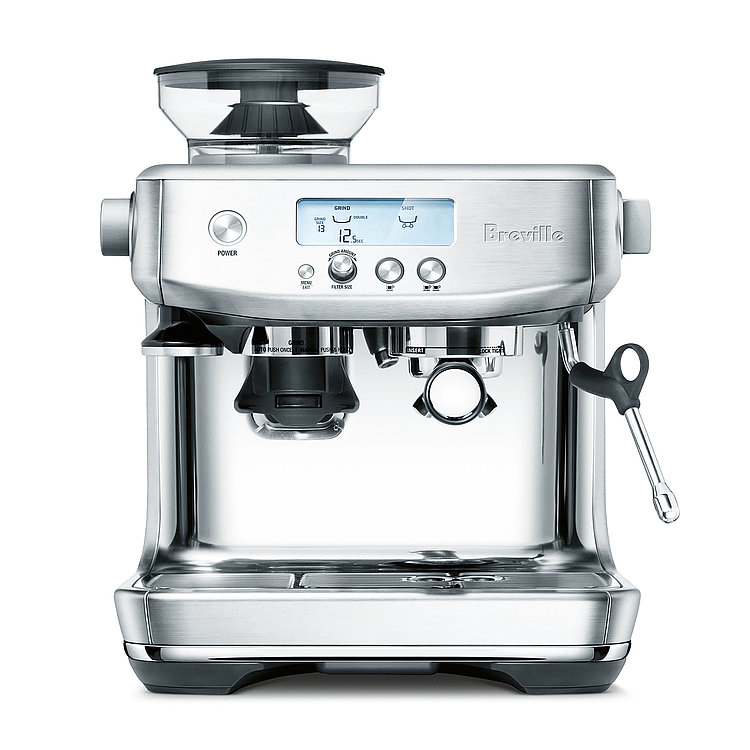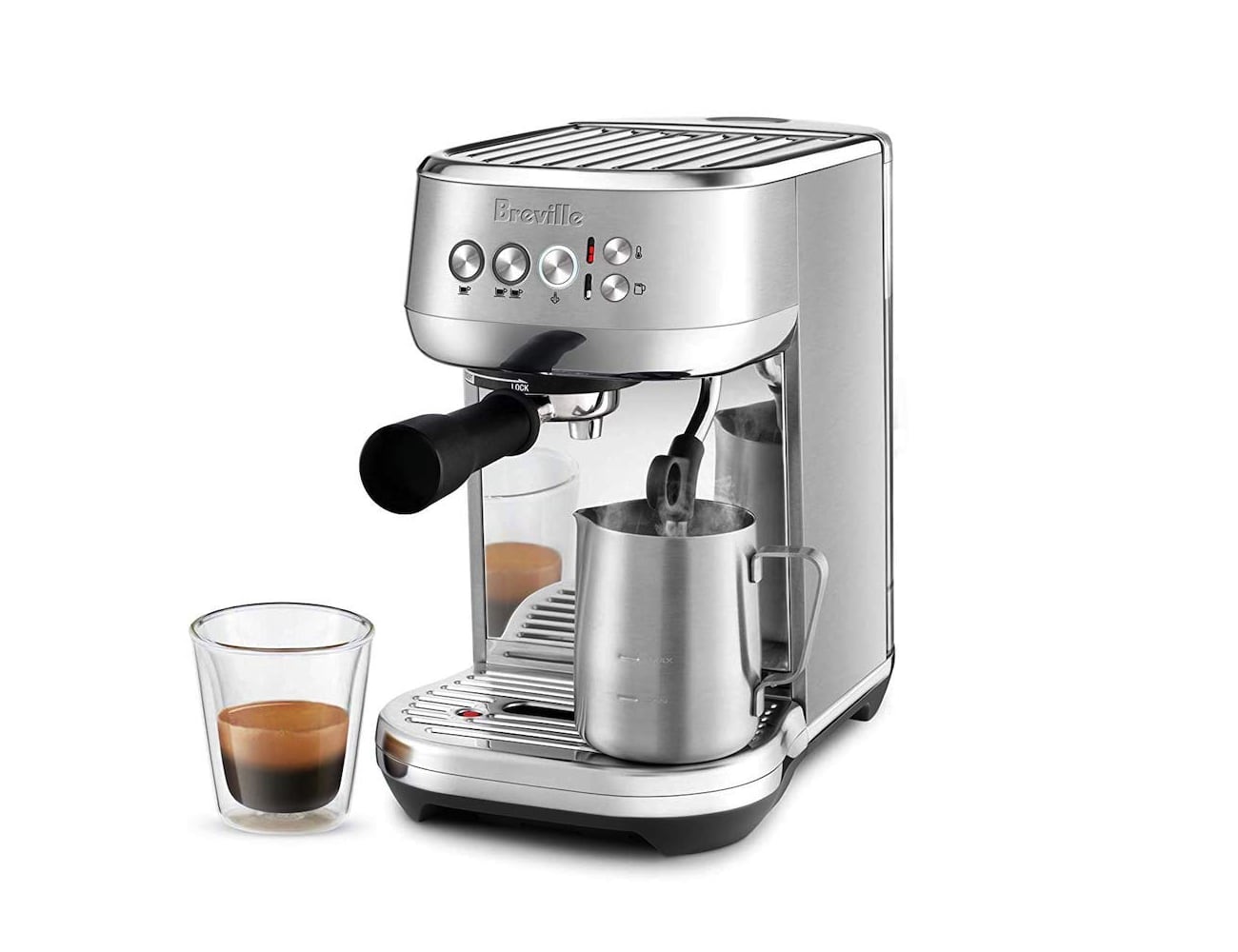

With its black and stainless steel body, the Gaggia Classic Pro has that Italian café look about it, but it’s not just beautiful on the outside. If you’re making coffee with a moka pot right now, you should definitely consider upgrading to the Nanopresso. We made coffee as we might have to in the woods-water measured without a scale or thermometer, coffee measured with a spoon-and still got a shot that was much better than the $100-$200 espresso machines we tested for this review.

However, the Nanopresso was very forgiving. Tasted side by side with a shot from a Breville Infuser machine, it held its own, even if it had a bit less brightness than the machine-pulled shot. We were able to pull a shot with a decent layer of smooth crema on top. Position your coffee cup below and a stream of espresso comes out of a small hole at the bottom of the little pill-shaped espresso maker. The tiny tool works by creating pressure through a piston pump: If you’re at home with a scale and a grinder, just fill the machine with 8 grams of freshly ground coffee, tamp it down with the back of the plastic scoop, and add 80 milliliters of water heated between 190°–200° F, then squeeze a button on the front of the machine repeatedly. But we preferred the steam wand on the Rocket Appartamento Espresso maker (more on that below). The steam wand is easy to use and gave us creamy, foamy lattes without many large bubbles. When making espresso, keeping track of your shot time and temperature, then tasting and adjusting those variables, will allow you to zero in on your perfect brew settings. That same digital interface that shows you the temperature also contains a shot timer, meaning you can keep track of how long you pulled your espresso (Blue Bottle Coffee’s director of coffee culture pegged the typical time for a good shot between 28 and 32 seconds). The machine held its temperature consistently throughout our testing. And using + and - buttons on either side of the screen, you can adjust that temperature to get your ideal shot of espresso (as a rule, espresso should be brewed at a temperature between 190°–200° F). Via a digital screen on the front, you can view the machine’s current temperature. This Rancilio Silvia has two PID controllers, one in the coffee boiler and one and the steam boiler, which means it provides excellent temperature control. (The steam boiler is held at a higher temperature than the espresso boiler.) This means the coffee maker and the steam wand are each hooked up to their own heat source, so you won't have to wait for the machine to come to the right temperature for steaming milk after pulling a shot. It won’t wow anyone with a flashy design, but it is compact, streamlined, and extremely powerful for its size and price point. The countertop presence of the Pro X screams no-nonsense professionalism. Rancilio Silvia does a nice job of that scaling down. Often, prosumer machines are scaled down versions of the most sought after commercial machines.
BREVILLE EXPRESSO MACHINE PROFESSIONAL
Prosumer (that is, professional + consumer) is a portmanteau that could accurately describe a whole lot of elite-level home kitchen gear- Vitamix blenders come to mind-but it’s used quite often to refer to higher-end espresso makers.


 0 kommentar(er)
0 kommentar(er)
